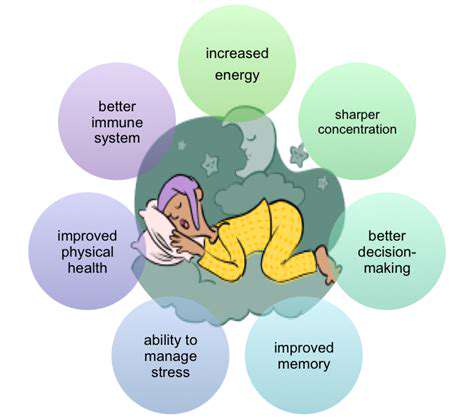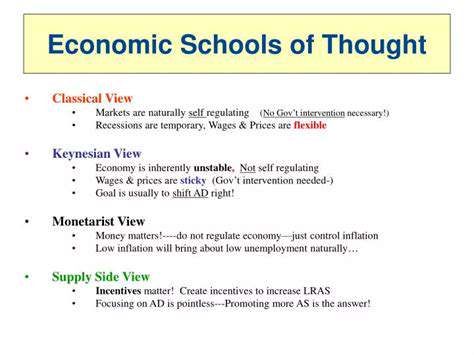How to Improve Your Memory and Retention

Mnemonic Devices: Enhancing Memory
Mnemonics are powerful techniques designed to sharpen memory by using creative associations. These mental shortcuts help you retain complex ideas, lists, and facts by linking them to vivid images, catchy rhymes, or structured patterns. Mastering mnemonic devices can transform your ability to learn and remember information with remarkable efficiency.
When you connect new information to what you already know, mnemonics turn tedious memorization into an interactive and rewarding experience. This approach not only makes learning more enjoyable but also ensures the material sticks in your long-term memory.
Acronyms and Acrostics: Combining Letters for Recall
Acronyms condense phrases into memorable words using their initial letters, while acrostics craft sentences from those letters. These techniques create mental hooks that make recalling information effortless. A classic example is ROY G. BIV, which stands for the colors of the rainbow—red, orange, yellow, green, blue, indigo, violet.
Whether you're a student or a professional, acronyms and acrostics are invaluable for memorizing sequences. Their simplicity and versatility make them a go-to tool for boosting memory in any field.
Visual Imagery: Creating Vivid Mental Pictures
Harnessing the power of imagination, visual imagery ties information to striking mental pictures. For instance, picturing a giant, rainbow-colored elephant can cement the word elephant in your mind. This method taps into our brain's natural strength for remembering visuals.
By transforming abstract concepts into tangible images, you forge stronger memory pathways, ensuring easier recall when you need it most. Pair this with other mnemonic strategies for even greater impact.
Method of Loci: Using Familiar Spaces for Memory
Also known as the memory palace, the method of loci anchors information to specific spots in a well-known place, like your home. As you mentally walk through this space, each location triggers the associated memory. This spatial approach turns recall into a visual journey.
Linking information to physical landmarks and spatial relationships supercharges your ability to retrieve it later. It's especially effective for memorizing ordered lists or sequences.
Keyword Method: Linking Words and Images
Perfect for language learners, the keyword method pairs foreign words with similar-sounding English terms and a connecting image. For example, to remember the Spanish word zapato (shoe), imagine a shoe zapping something with electricity.
This technique bridges unfamiliar vocabulary to known concepts through imaginative visuals, making new words stick. The stronger the mental image, the more durable the memory.

Spaced Repetition and Interleaving: Mastering the Art of Effective Learning
Spaced Repetition: Mastering the Timing of Review
Spaced repetition works with your brain's natural forgetting curve. Instead of marathon study sessions, it spaces out reviews at optimal intervals. This method strengthens memories by letting them solidify gradually. The key is reviewing material just as you're about to forget it, which reinforces retention more powerfully than repeated cramming.
Interleaving: Mixing Up Concepts for Deeper Understanding
Interleaving shakes up traditional study habits by blending different topics in one session. This challenges your brain to distinguish between concepts, leading to more flexible and durable learning. Unlike blocking (studying one topic exhaustively), interleaving builds connections across subjects for richer understanding.
Optimizing Your Spaced Repetition System
Modern tools like Anki or Quizlet use smart algorithms to schedule reviews at your personal forgetting threshold. These apps shift the focus from passive rereading to active recall—the real engine of memory formation. Customizing intervals based on your performance data maximizes efficiency.
The Role of Active Recall in Effective Learning
Active recall—retrieving information without prompts—is the cornerstone of durable learning. Whether through self-quizzing or teaching concepts aloud, this practice strengthens neural pathways more effectively than passive review. Each successful recall makes the memory more accessible for future use.
Beyond the Basics: Implementing Spaced Repetition and Interleaving
To integrate these techniques, create a study plan with mixed topics and scheduled reviews. Use varied methods like flashcards, mind maps, or practice tests. Adjust strategies based on the material and your learning style—what works for vocabulary may differ from math concepts.
The Importance of Feedback and Revision
Learning thrives on continuous refinement. Regular testing highlights knowledge gaps, while spaced revision consolidates understanding. This cycle of study, feedback, and adjustment builds expertise that lasts far beyond any exam. Embrace mistakes as opportunities to strengthen weak spots in your knowledge.











